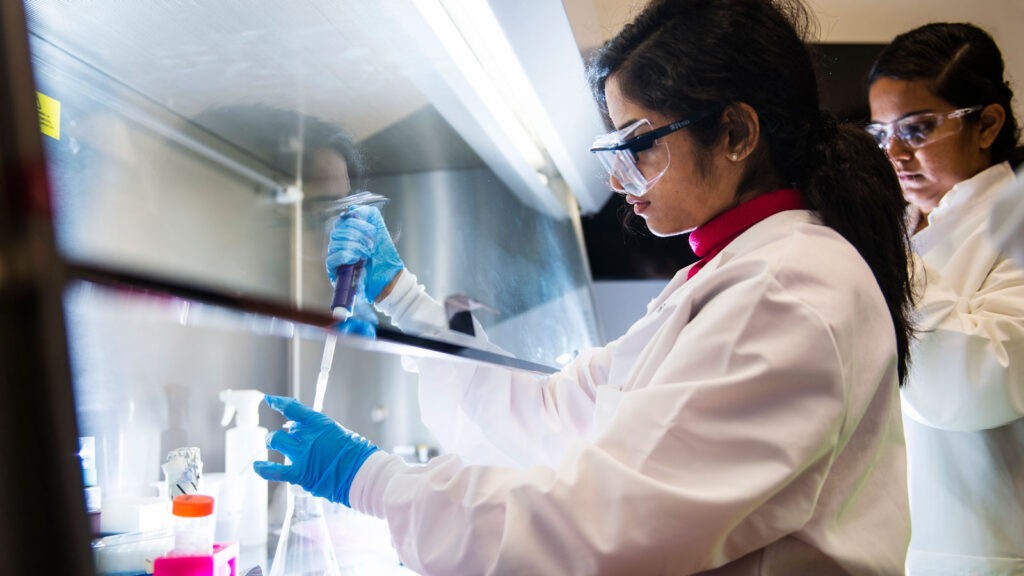The cross-disciplinary field of bioengineering is evolving at a steep pace worldwide. Its subject area encompasses biology, medicine, engineering, chemistry, and nanotechnology apart from computer science. Bioengineers are taking the leading role in scientific discovery, creating state-of-the-art medical devices, disease management products, algorithms, and robots that can help improve the well-being of humankind.
Dr. Curtis Cripe, who is the founder of the globally known NTL group and Crossroads Institute has been committed to exploring the new opportunities of bioengineering in upcoming years. In his version, he has focused on the different latest trends of bioengineering, of which a few are yet under the research and development stage. These include:
Tissue Engineering
Dr. Cripe is highly applauded as bioengineering has proven the likelihood of printing living tissue frameworks on a highly developed 3D printer. According to him that the living tissues henceforth can be developed from biologically activated cells. A noteworthy deposition method related to bio-printing embrace a very comparable process to 3D printing, however, it requires ‘bio inks’ containing human cells rather than plastic. The cells need to be printed in tinny films that can accumulate both living tissues as well as body organs to be implanted in a human body.
Transdermal Patches
Since their adoption as a unique way to stop nicotine addiction, they have evolved in a different way in terms of their application. Researches find that drug-filled transdermal patches can fight and manage obesity.
Wearable Devices
Wearable devices are becoming more and more popular and are used to monitor different parameters to evaluate one’s health condition for example pulse rate as well as blood pressure etc. And more interestingly they can be communicated to a healthcare unit in real time. Did you know about smart clothes?
Dr. Curtis Cripe says they are an amazing invention of bioengineers that can control the temperature of the human body by means of special kinds of polymers as well as humidity-responsive venting wear. It has also been projected that wearing personalized temperature-controlling clothing is likely to lessen the cost of heating and cooling costs of a household by 15%.
Robotic Surgeons/ Rehabilitation
Manufacturers of Robots are now coming up with multifunctional robots to assist surgeons in the operation theatre. They can be driven by the surgeons and physicians simply by required input while these revolutionary devices will support them in manipulating medical instruments with high-class accuracy that they can hardly perform alone. These robotics will be chiefly deployed for minimally invasive surgical sessions.
The uses of robots have been proven amazingly helpful to patients who are the victims of brain injuries and strokes for fostering and relearning motor skills. Also, robotic exoskeletons are now used to support patients to recover their basic walking ability.
Nanorobots
According to Dr. Curtis Cripe, researchers are continuing to design and launch nano-sized (very small type) robots to go into the bloodstream and carry out various tasks like destroying cancer cells. According to him the design of nano-robots will include DNA-based frameworks containing cancer-fighting medications drugs that will get fastened with a particular protein type found in cancer tumors. Once got attached, the robot will release the medication into the tumor and thus destroy it.





More Stories
OUSM Power Adapters: How to Choose the Best Models for Your Device
Pursuing A Psychology Degree Abroad: Opportunities For Indian Students
Stories That Change the Way We See the World